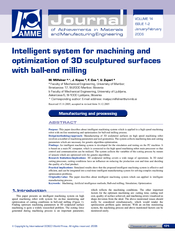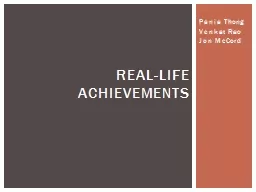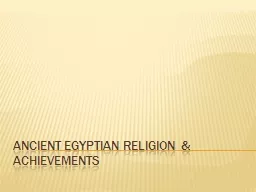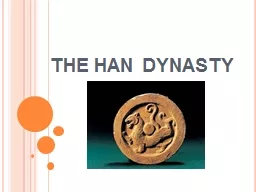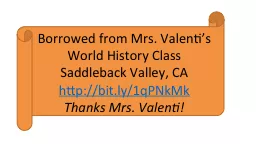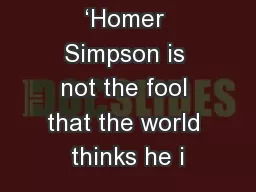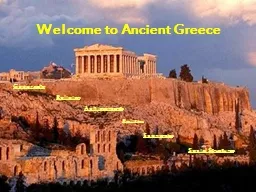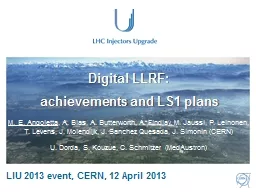PPT-4.3 …& Beyond Cluster 4: Achievements & Challenges
Author : stefany-barnette | Published Date : 2018-11-03
Creation of the United Nations Organized in April 1945 the United Nations was intended to be a successor to the ineffective League of Nations The signatories of
Presentation Embed Code
Download Presentation
Download Presentation The PPT/PDF document "4.3 …& Beyond Cluster 4: Achieveme..." is the property of its rightful owner. Permission is granted to download and print the materials on this website for personal, non-commercial use only, and to display it on your personal computer provided you do not modify the materials and that you retain all copyright notices contained in the materials. By downloading content from our website, you accept the terms of this agreement.
4.3 …& Beyond Cluster 4: Achievements & Challenges: Transcript
Download Rules Of Document
"4.3 …& Beyond Cluster 4: Achievements & Challenges"The content belongs to its owner. You may download and print it for personal use, without modification, and keep all copyright notices. By downloading, you agree to these terms.
Related Documents


